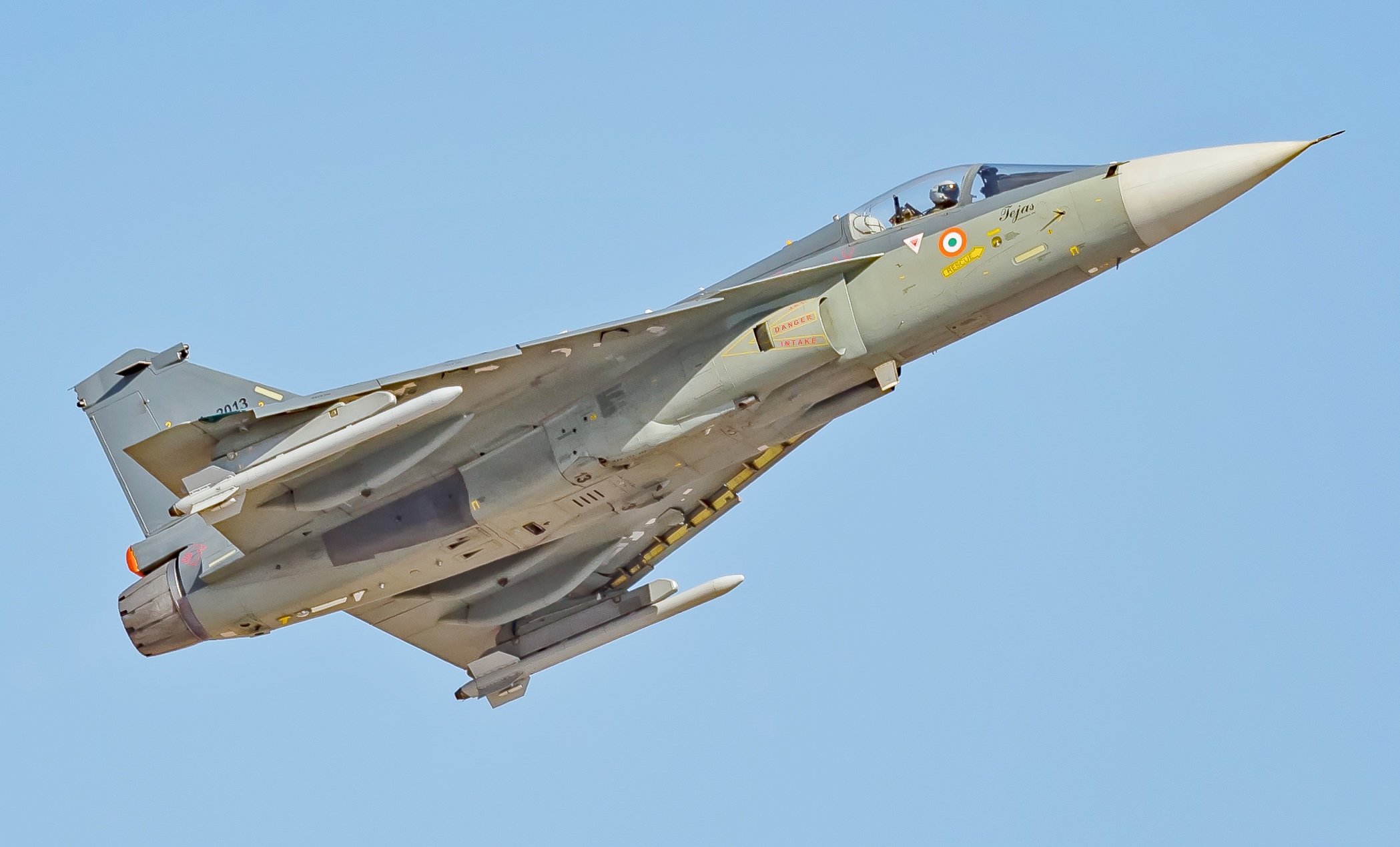
The Indian Air Force has recently embarked upon a substantial undertaking aimed at prolonging the operational viability of its MiG-29 fighters. This endeavor encompasses a comprehensive overhaul regimen referred to as the “Second Life Extension” initiative. This ambitious program is poised to extend the operational longevity of the MiG-29UPG fighters until the year 2037, marking a noteworthy juncture in the nation’s defense blueprint.
The formidable endeavor of extending the service life of the MiG-29 fleet is a sovereign endeavor undertaken by the Indian Air Force itself. Tasked with the execution of this pivotal operation is the 11th repair plant of the Logistics Command, strategically located within the precincts of Nasik Airport in the western region of the country. This facility is specialized in the maintenance and repair of Russian and Soviet equipment, rendering it uniquely qualified for this mission.
Preceding this development, India had initially outlined plans to retire all MiG-29 aircraft by 2027. However, this decision has been subject to reevaluation, resulting in an extension of their operational tenure. Instead, the Tejas Mk II fighter, originally slated to succeed the MiG-29, will assume the role of replacing the SEPECAT Jaguar attack aircraft upon its anticipated introduction in 2029. Subsequently, commencing from 2035 onwards, the Tejas Mk II is anticipated to progressively supplant the French Mirage-2000 and MiG-29UPG aircraft.
Having been inducted into the Indian Air Force’s fleet in 1986, the MiG-29 fighter jets have played an instrumental role in augmenting India’s defense capabilities. The vitality of this life extension program underscores their enduring significance within the nation’s defense architecture.
Distinguishing Characteristics between MiG-29UPG and MiG-29:
The Indian MiG-29s, designated as MiG-29UPG, represent upgraded iterations of the foundational Soviet and Russian MiG-29 variants. These enhancements encompass an advanced avionics suite, enhanced radar capabilities, and augmented fuel capacity. These augmentations equip the Indian MiG-29UPG aircraft to operate with heightened efficacy within contemporary air combat scenarios.
Another notable distinction between the Indian MiG-29s and their foundational counterparts lies in the incorporation of a novel powerplant. The Indian MiG-29s are outfitted with the RD-33MK engine, delivering augmented thrust and fuel efficiency. This powerplant configuration equips the Indian MiG-29s to operate at elevated altitudes and velocities compared to the base models.
Furthermore, the Indian MiG-29s exhibit an array of armaments and systems absent in the base variants. For instance, the inclusion of the R-77 missile, featuring extended range and enhanced precision in comparison to the R-27 missile on the base models, provides the Indian MiG-29s with heightened combat capabilities. Additionally, the new electronic warfare suite enhances defensive capabilities against adversarial radar and electronic systems.
Introduction to Tejas Mk II:
The Tejas Mk II represents a single-engine, multi-role combat aircraft conceived by the collaborative efforts of the Aeronautical Development Agency (ADA) and Hindustan Aeronautics Limited (HAL), tailored for deployment within the Indian Air Force and Navy. Evolving from the Tejas Mk I, this advanced iteration boasts elevated capabilities and attributes.
With dimensions spanning 13.2 meters in length, 8.2 meters in wingspan, and 4.4 meters in height, the aircraft boasts a maximum takeoff weight of 17,500 kg, achieving a peak speed of Mach 1.8. The Tejas Mk II’s operational range extends up to 3,000 km, with an operational ceiling reaching 16,500 meters.
Armament provisions comprise a diverse array of armaments, encompassing a 23mm twin-barrel GSh-23 cannon, air-to-air munitions like the Astra and Python missiles, air-to-surface ordnance including the BrahMos and Harpoon missiles, as well as precision-guided weaponry like the Spice-2000 and Griffin. Supplementary capabilities involve external fuel tanks and reconnaissance pods.
The cockpit of the Tejas Mk II adopts a contemporary glass layout featuring a large-area display (LAD) and a head-up display (HUD) tailored for pilot interface. The aircraft incorporates a fly-by-wire flight control system, digital avionics, and sophisticated electronic warfare systems. Engineered for exceptional agility and maneuverability, the Tejas Mk II demonstrates a high angle of attack and favorable thrust-to-weight ratio.
Anticipated for future integration within the Indian Air Force and Navy, the Tejas Mk II assumes a pivotal role in India’s defense strategy. Its advanced proficiencies and characteristics render it a formidable contender in diverse operational scenarios and environments.





